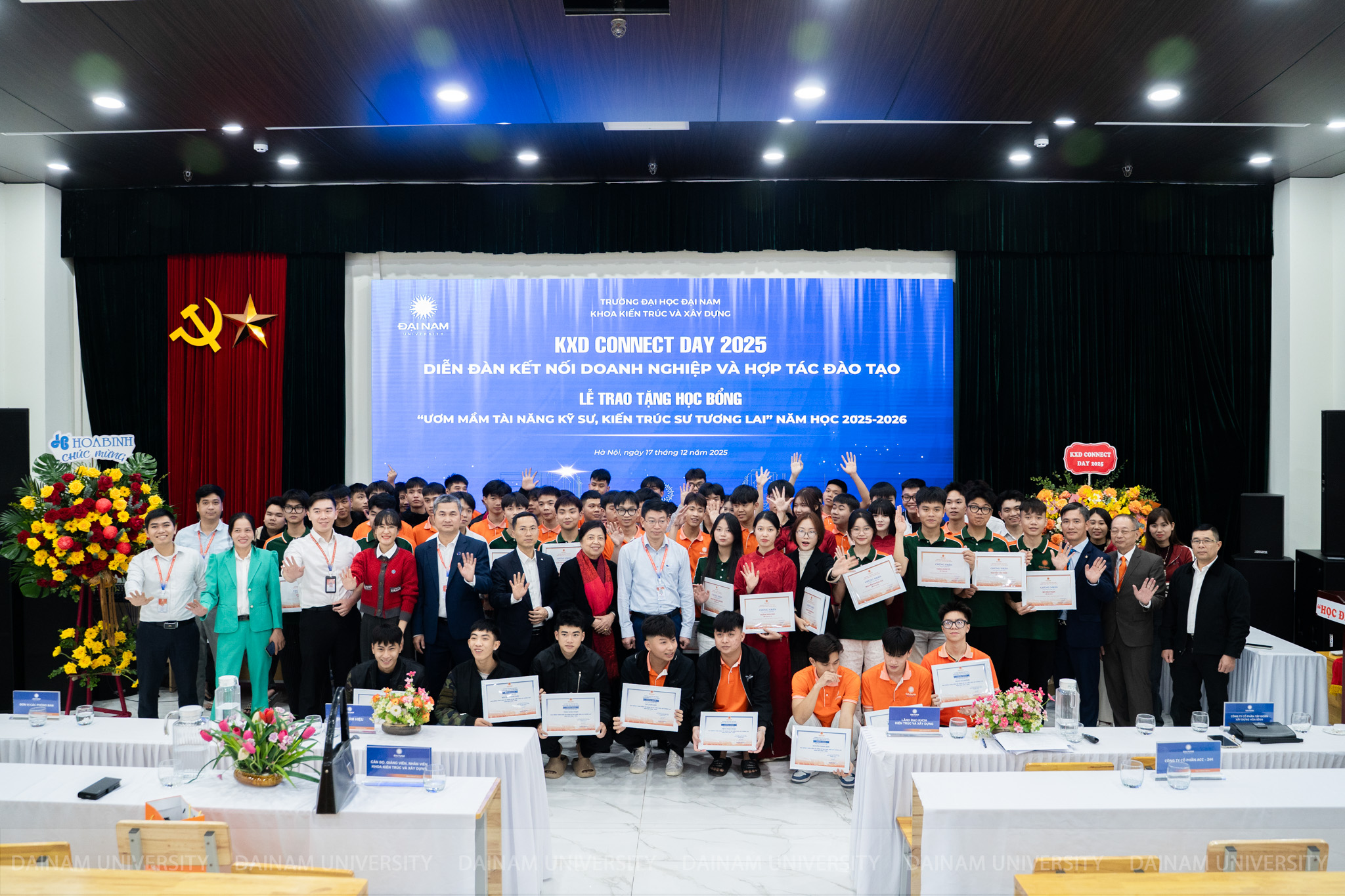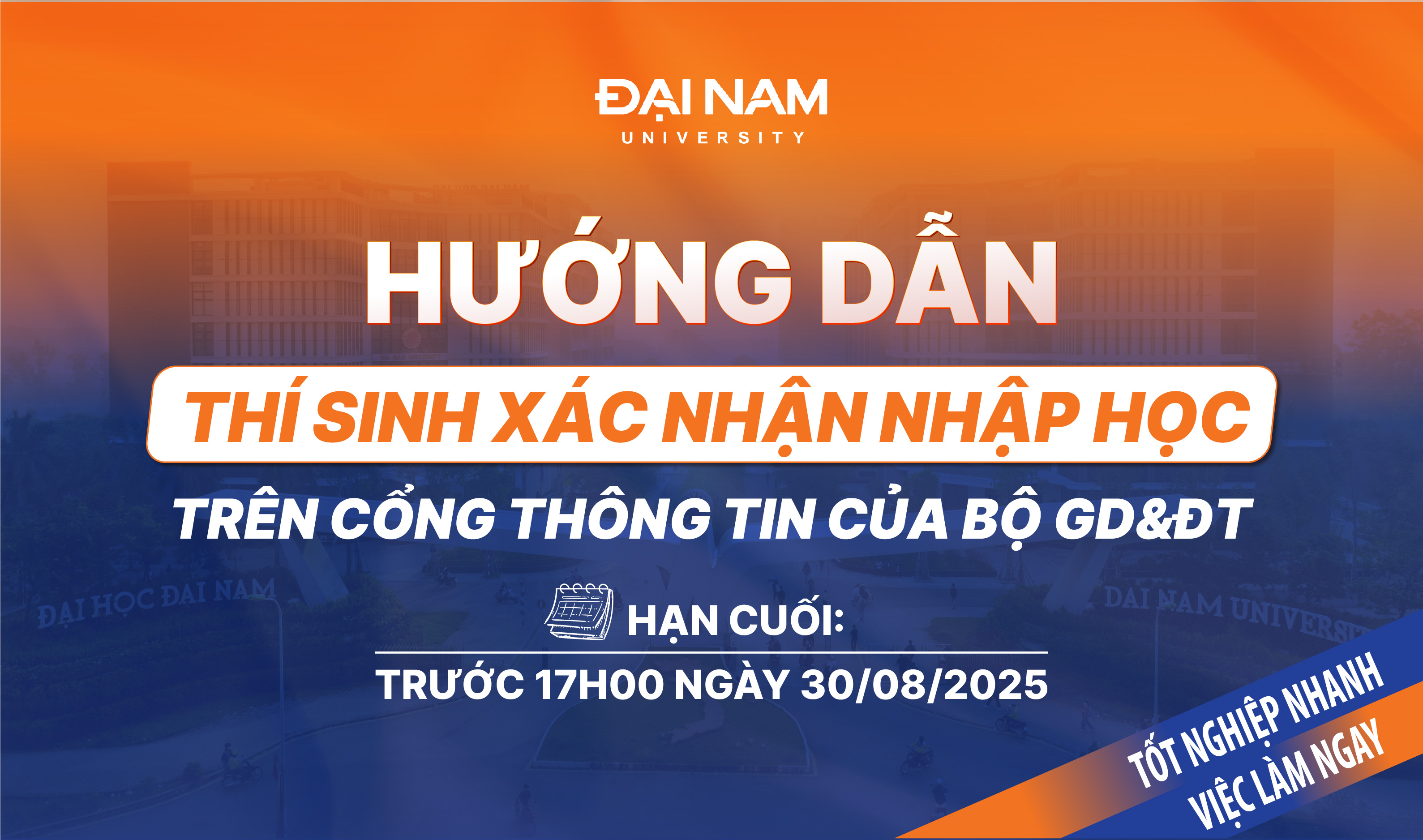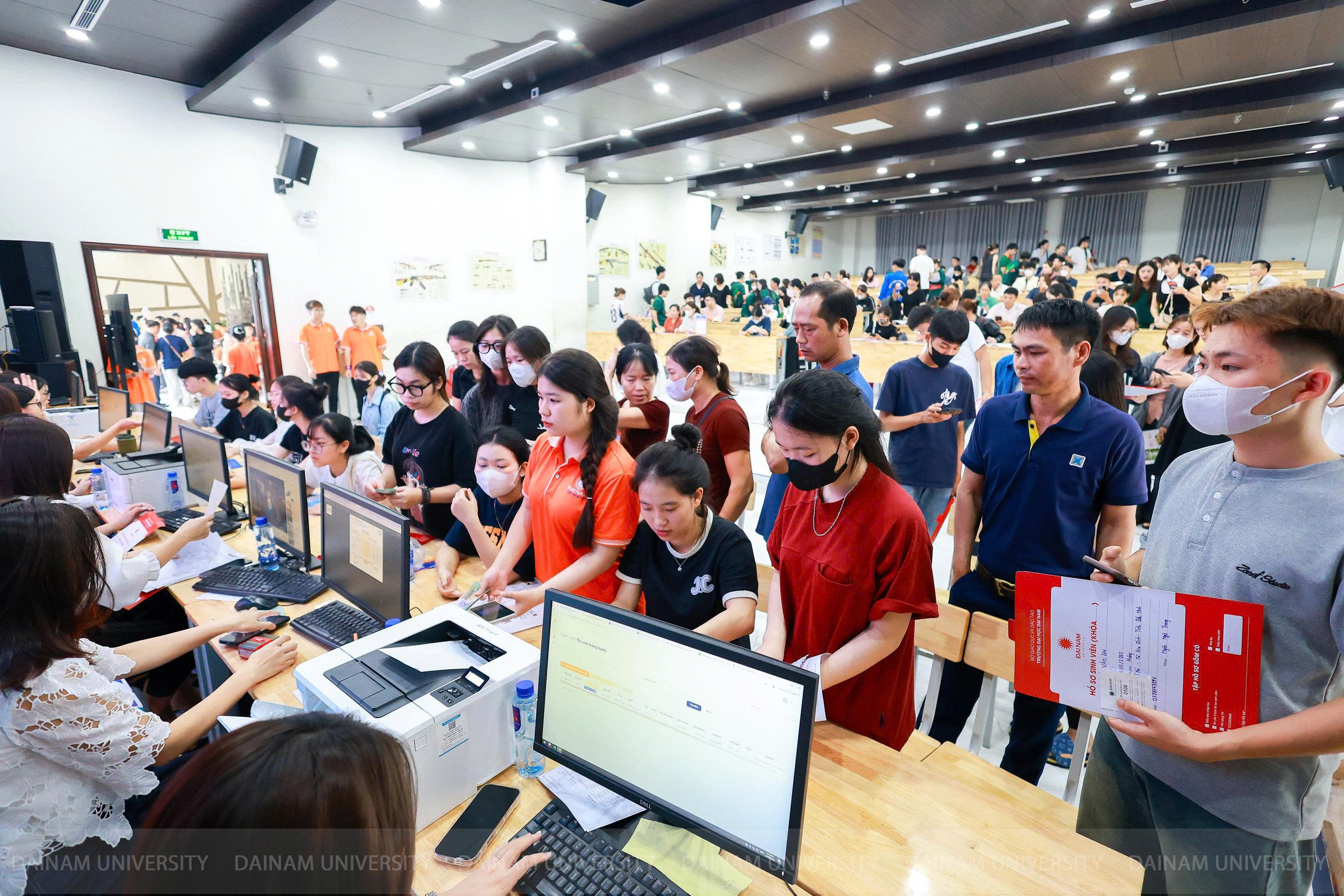Graduation exam and admission have different goals, cannot be "2 in 1"

|
But in the end, after the first exam was organized according to the innovative plan, many experts proposed to separate the exam "two in one", why?
Speaking with Tuoi Tre , Professor Dao Trong Thi - Chairman of the National Assembly's Committee on Culture, Education, Youth, Adolescents and Children - shared:
- Why combine an exam that most candidates will pass with a selective exam that screens out those qualified to attend university?
We need to reduce the pressure, the cumbersomeness, and the expense of exams, but that does not mean “adding” two national exams into one. Let’s consider and evaluate carefully which of the two exams is necessary and which is just right. With the annual practice - almost everyone knows in advance that the high school graduation result is 95 - 99%, why is there a need to organize a national exam just to confirm this rate?
* Are the recent problems and chaos in the organization of the national high school exam and university and college admissions sufficient proof of the shortcomings of the "two-in-one" exam, sir?
|
- The 2015 National High School Exam is full of organizational problems and confusion in functions: the Department of Education and Training does the work of admission, receives applications, and accepts candidates' registrations on behalf of universities; while universities organize the exam and then transfer it to the Department of Education and Training as a basis for considering high school graduation...
However, all of those are just secondary issues. Even the disruptions in the university and college admissions process, the withdrawal of applications, and the submission of applications are just technical issues that can be fixed and adjusted; simply because the ministry is working carelessly, too hastily, and wants to innovate too much while not fully prepared.
The main problem here is the philosophy of combining two exams with very different goals and requirements into one. One side is to evaluate whether students have achieved certain standards to graduate or not, comparing candidates' abilities with certain output standards, there is no competition, so even if the rate is 100%, it is fine.
On the other hand, one side is a highly competitive entrance exam , with two students taking the exam, the better student will pass, the weaker student will fail; even if both students are poor and do not reach the minimum level, they will not reach the admission threshold. So, when combining two exams into one, the most important thing is whether there is a unified exam for both purposes? In many discussions, many experts have affirmed that we cannot combine these two goals, because we cannot create an exam that meets both needs.
* So, in the end, in your opinion, should the high school graduation exam be abolished?
- In the short term, we should still maintain the high school graduation exam , but hand it over to the Department of Education and Training and in the long term hand it over to high schools to organize and implement. If there is no exam, no high school graduation assessment, and 100% of 12th graders pass the exam, it will not create motivation for them to study. But if the high school graduation rate is 90 - 95%, it can be completely handed over to high schools. If we filter out 5 - 10% of weak students who cannot pass the exam, high schools will do it more accurately and simply, even when the exam is combined with the assessment of the learning process.
Actually, in my opinion, the graduation rate should not be lower than 90%, because we cannot let more than 10% of students after 12 years of high school not have a diploma, nothing to certify that they have completed high school.
When graduation exams are conducted by each locality, there is no need to worry about achievement problems because there is no basis for comparison between facilities or localities. If a department or even a school organizes and grades the exams themselves, then the graduation rate in one province being high and the graduation rate in another province being low is not an assessment, because it is very possible that the graduation rate in one province is high because the exam is easier and vice versa.
* In your opinion, in the long term, is there any way to make society truly feel secure about the reforms and innovations in the education sector's examination system?
- The improvement and innovation of exams is not without prospects, but can be implemented well in the near future, with the accompanying conditions ready. We must frankly admit that we are still using old textbooks that are built on the foundation of knowledge transmission, without paying attention to developing learners' capacity.
Therefore, it is impossible to create open tests that completely assess competency; it is impossible to learn in one way and take tests in another way. Requiring students to synthesize knowledge to solve competency assessment exercises is too much for them, which is a quality reserved for researchers.
The prospect of innovation not only in the organization method but also in the content of the exam is really opening up, when we are implementing the innovation of the textbook program towards developing capacity, enhancing integrated teaching combined with career orientation differentiation.
Currently, at the high school level, there are dozens of subjects. If students are required to study all of them, it will be too cumbersome. However, if they are integrated into the exam, it will be very simple and concise. Taking an integrated test to assess their abilities is what Hanoi National University did in the 2015 admissions . They have built a question bank to prepare for this type of exam over the past decade.
However, this is not the right time to apply the new testing method. What you learn is what you test. We have to wait until students have learned the new program that assesses their abilities, then we can ask them to apply what they have learned to do the ability assessment test.
The Ministry has given too much priority to the goal of high school graduation. It is clear that in the recent “two-in-one” national high school exam , the Ministry of Education and Training was very cautious about the risk of the high school graduation rate. If the rate is too low, there is a fear of being judged on the overall quality of education, but if the graduation rate is too high, for example 100%, society will not trust it. Because of the priority given to the goal of high school graduation in the general exam, the Ministry is forced to prioritize the proportion of questions in the exam for that goal. The Ministry of Education and Training announced that up to 60% of the questions are used for graduation, the remaining 40% are reserved for university and college admission ; but in reality, the proportion of questions for high school graduation is even higher. As a result, the modest number of questions left for university and college admissions is not enough to differentiate candidates. There are only a few questions with advanced levels from good to above, which only filter out good students, while the lower level is a mixed bag of average and good students. Therefore, the input of middle-ranking schools is mixed. The problem is not whether or not enough candidates can be recruited, but what is important for schools is whether or not they can recruit people with the right capacity as required. Therefore, with the recent national high school exam, it is easy to see that the goal of using the results to consider high school graduation is smooth, but using those results to consider university and college admission is not okay. |
Register for admission consultation 2025
scholarships and tuition support worth up to 55 billion VND

scholarships and tuition support worth up to 55 billion VND











